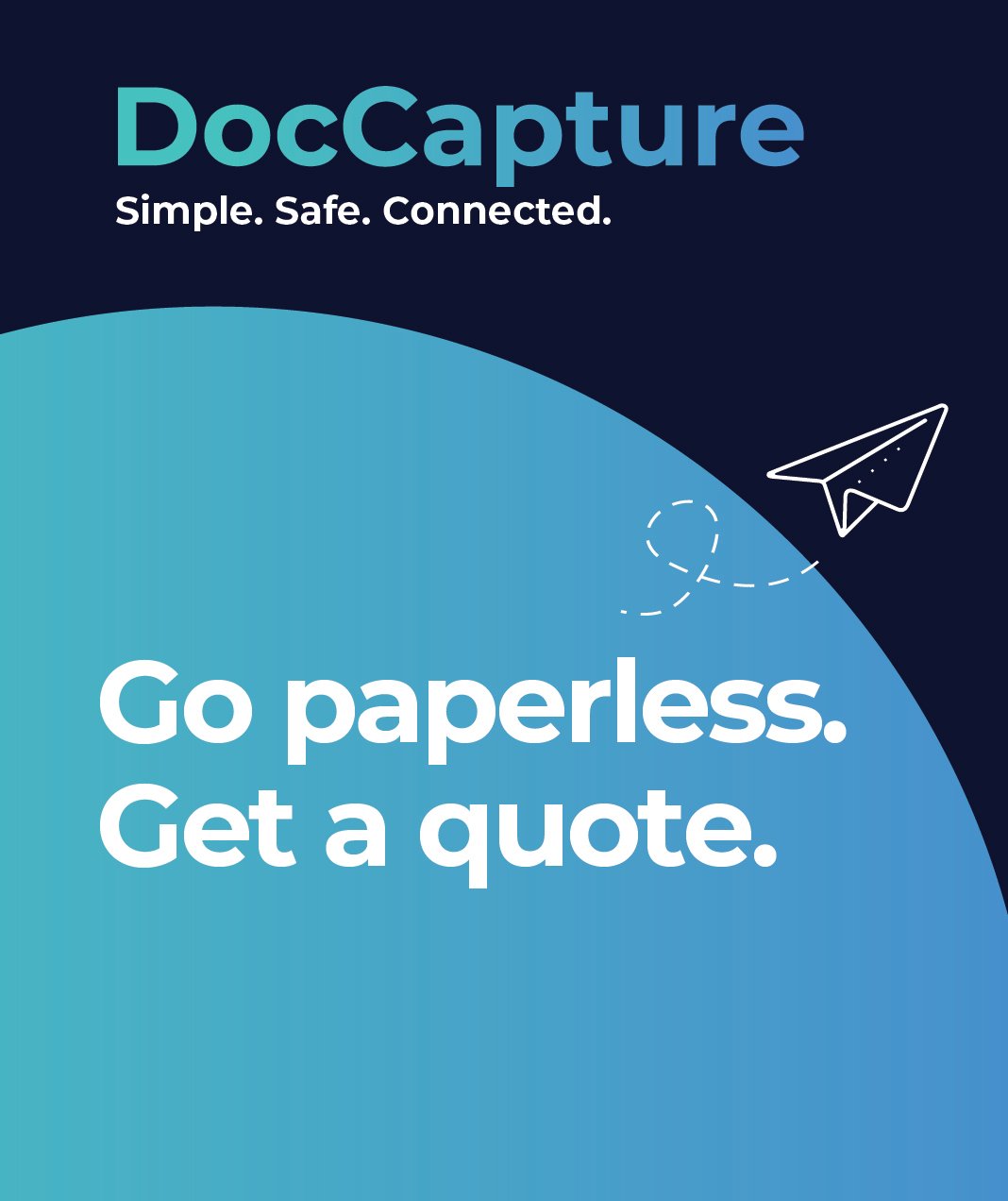Bridging the Divide: Document Scanning in Government Transformation
Table of contents
Government agencies face growing pressure to modernize their operations while working within tight budgets and regulatory constraints. Despite the advantages of going digital, bureaucracy often resists change, slowing progress. Document scanning has emerged as a practical solution for bridging the gap between outdated processes and the need for efficiency, security, and compliance. By converting paper-based workflows into digital systems, government departments can reduce redundancies, improve accessibility, and meet the demands of the modern age without breaking the bank.
In this article, we’ll explore how document scanning is helping governments embrace digital transformation, tackle bureaucratic hurdles, and build workflows that are both secure and compliant.
Overcoming Bureaucratic Resistance Through Document Scanning
Government processes are often layered with red tape, making any shift away from traditional paper-based systems difficult. Bureaucratic resistance stems from concerns about disruptions to workflows, fears of compliance risks, and a lack of trust in new technology. Document scanning helps address these concerns by acting as an incremental step toward digital transformation rather than a disruptive overhaul.
By digitizing existing records and creating searchable digital archives, document scanning preserves the familiarity of current workflows while introducing efficiencies. For example, departments no longer need to sift through filing cabinets to find a specific document; a quick keyword search can retrieve it in seconds. This not only saves time but also reduces errors caused by manual handling.
Additionally, implementing scanning solutions allows agencies to scale their digital transformation efforts at a comfortable pace. Teams can start small, digitizing specific types of records or prioritizing high-traffic departments. To see how this applies in practice, visit Government Document Scanning for an in-depth look at how these services support government workflows.
Improving Workflow Efficiency on Tight Budgets
Public sector budgets are often stretched thin, leaving little room for sweeping technological upgrades. Document scanning, however, provides a cost-effective way to modernize without requiring massive upfront investments.
Digitizing paper records minimizes ongoing costs like physical storage, printing, and manual labor. For instance, a city government that scans and organizes its building permits into a centralized digital database will save money on storage and retrieval while improving turnaround times for public requests.
Scanned documents can also integrate with other digital tools, such as workflow management systems or cloud-based platforms. These integrations streamline operations by enabling seamless collaboration, reducing backlogs, and improving inter-departmental communication.
Want to explore more ways document scanning boosts government efficiency? Check out Efficiency in Government: How Document Scanning Helps.
Ensuring Security and Compliance in Records Management
One of the top priorities for government agencies is safeguarding sensitive data while complying with strict regulations. Document scanning simplifies this process by creating digital copies of records that can be encrypted, stored securely, and tracked for audit purposes. Unlike physical documents, digital files are less vulnerable to theft, loss, or damage.
Document imaging services also enable agencies to implement role-based access controls, ensuring that only authorized personnel can access specific records. This level of control is essential for compliance with regulations such as FOIA (Freedom of Information Act) and GDPR (General Data Protection Regulation).
Additionally, modern scanning solutions often include features like automatic metadata tagging, which simplifies the classification and retrieval of documents for audits or legal requests. Learn more about secure document imaging for government agencies by visiting Government Departments and Document Imaging Services.
Building a Foundation for Long-Term Digital Transformation
Document scanning is not just about short-term efficiency; it sets the stage for larger modernization efforts. By digitizing records, agencies create a digital foundation that can support advanced technologies like AI-powered analytics and machine learning. For instance, a county government that digitizes land records today can leverage these archives in the future for predictive planning and smarter resource allocation.
The ability to access historical records instantly also improves decision-making. Leaders can analyze trends, track changes over time, and make data-driven decisions without waiting for manual document retrieval. Curious how local governments are adopting scanning solutions? Visit Document Scanning in Local Government for real-world examples.
Conclusion
Document scanning is more than just a cost-saving measure—it’s a gateway to modern, efficient, and secure government operations. By addressing bureaucratic resistance, improving workflows, and ensuring compliance, it provides a practical solution for agencies looking to embrace digital transformation without exceeding their budgets.
If your government department is ready to take the next step, fill out our "get a quote" form and discover how document scanning can make your operations more efficient and future-ready.
Share this
You May Also Like
These Related Stories
The Role of Document Scanning in Government Digital Transformation

Overcoming Bureaucratic Resistance Through Digital Transformation

